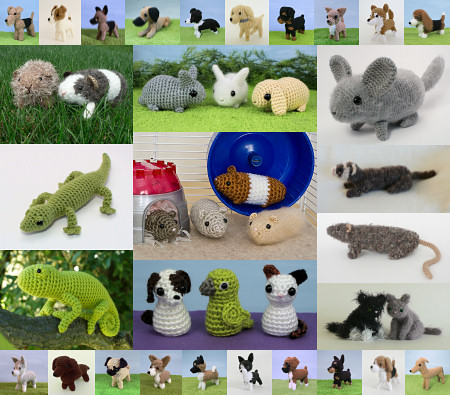
It’s been a fun month of making and sharing crocheted pet animals in the Ravelry group, using all my pet patterns: And now it’s roundup time! (Don’t forget to keep reading to the end to see what CAL themes we have in store for February.)

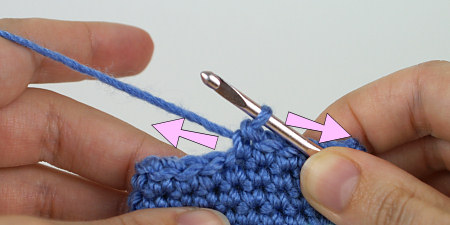
Link easily to this tutorial in your patterns: www.planetjune.com/invdectips The invisible decrease (invdec) is one of the two absolutely essential techniques for making beautifully neat amigurumi (the other being, of course, the magic ring). But invdec is a little tricky to get the hang of, and there are 2 points during the decrease where you […]
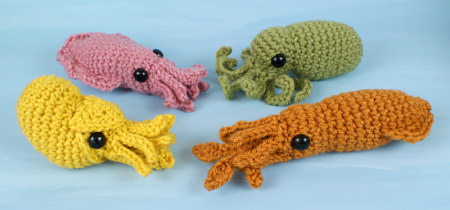
Make your own aquatic nursery with my new Baby Cephalopod collections: Octopus & Squid, and Cuttlefish & Nautilus. A perfect use for yarn scraps, these mini amigurumi take only 25-30m of yarn apiece, and work perfectly in any colour. Cephalopod Fun Facts: Cephalopods are a type of mollusc, which means they have no skeleton and […]
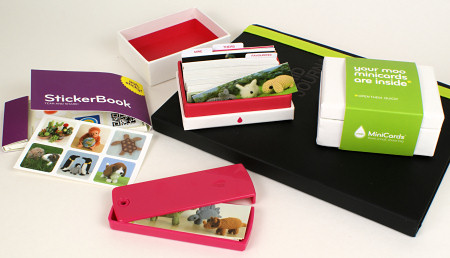
This post isn’t PlanetJune-related but I do love a bargain and I’ve found some crafty deals you might like too, so I wanted to share them! If you’re waiting for a crochet post, I’ll have a brand new pattern collection to reveal, next week… MOO card winners and discount codes Thanks to everyone who entered […]
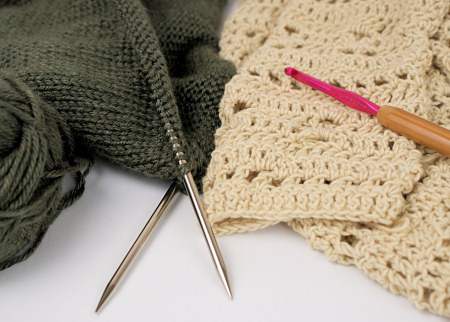
Last July, I posted about my plan to design one knitted and one crocheted cardigan for myself, just for fun: Although the crocheted cardigan took a fraction of the time of the knitted one to make, I actually completed the knitted one first – probably because it was Southern hemisphere winter, so knitting a warm […]

Note: Don’t miss the giveaway at the end of this post! You’ve probably heard of MOO before – the company that turns your Flickr images into mini business cards – but they now offer a lot more: full size business cards, greeting cards and postcards, stickers and labels, and more. And you don’t need a […]
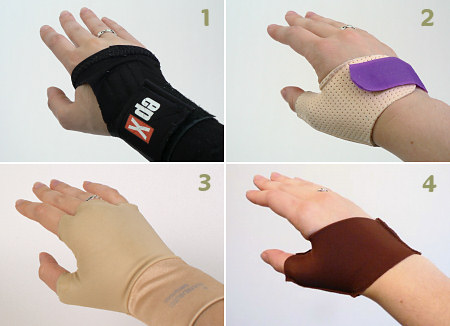
I suffer from hand pains similar to arthritis, especially when I overuse my hands with too much crochet, typing, driving, etc. A few years ago, I saw some hand specialists and was given various support devices to help minimise the pain and help my recovery. The biggest problem is at the base of my thumbs […]
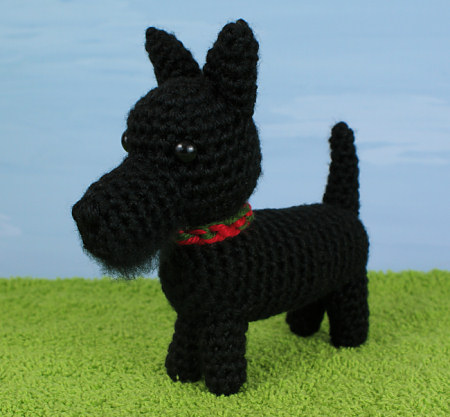
Thanks to my Commissions system, it’s time to launch my 21st dog crochet pattern, AmiDogs Scottish Terrier: Queue or favourite Scottie on Ravelry: My Scottie Dog completes Set 7 of the AmiDogs, for what it’s worth – I mostly just make the sets now for my Etsy shop, as almost everyone takes advantage of the […]